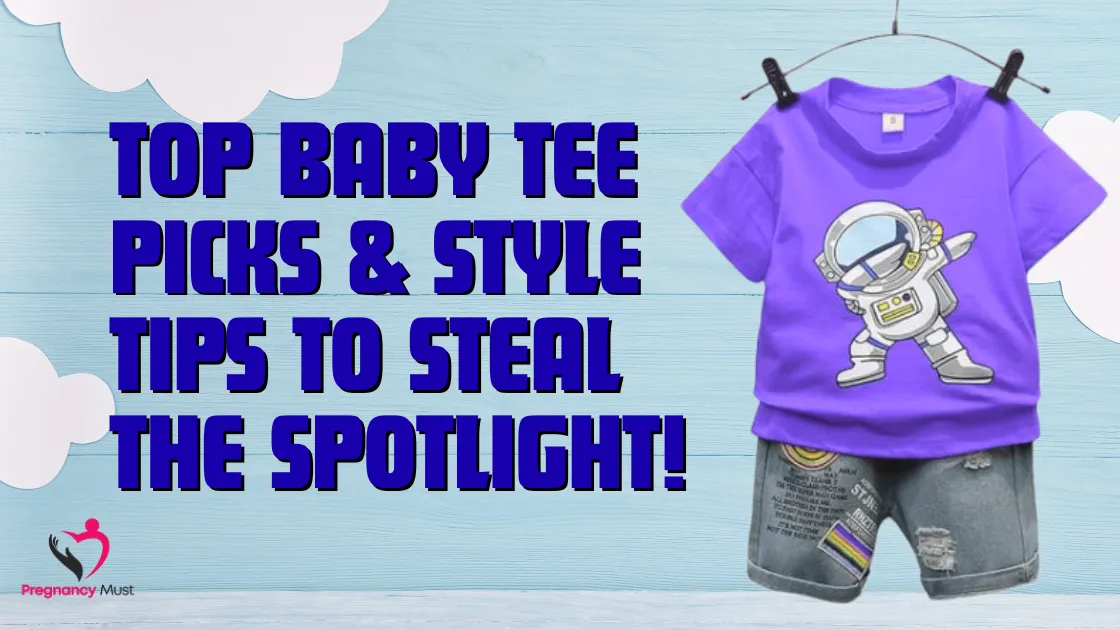Baby tee fashion is all about comfort, cuteness, and care—especially when we talk about babies. These tees are tiny, breathable T-shirts designed for newborns and infants, meant to support their delicate skin and sensitive movements. This guide will let you explore everything parents need to know about it , including seasonal picks, materials, safety standards, and styling tips for your little one.
Table of Contents
What Is a Baby Tee?
A baby tee is a specially designed T-shirt for infants and newborns that prioritizes softness, safety, and ease of use. Unlike adult T-shirts, baby tees are made with lightweight, gentle materials that do not irritate the skin. Their design typically features short sleeves or is sleeveless, and they are made to be stretchy and easy to put on or take off without causing any discomfort to the baby.
A baby tee is a short-sleeved or sleeveless T-shirt made specifically for newborns, infants, and toddlers. It’s mostly made of of soft, natural fiber materials developed to prevent irritating baby’s delicate skin, and often includes easy-access features such as envelope necklines or side snaps.
Basic Characteristics:
- Lightweight and breathable
- Short sleeves or sleeveless
- Stretchy and non-restrictive
- Easy to put on and take off
Baby tees are available in plain and graphic variations, and may feature adorable prints such as animals, cartoons, or positive slogans.
Baby Tee Materials: What to Choose and What to Avoid
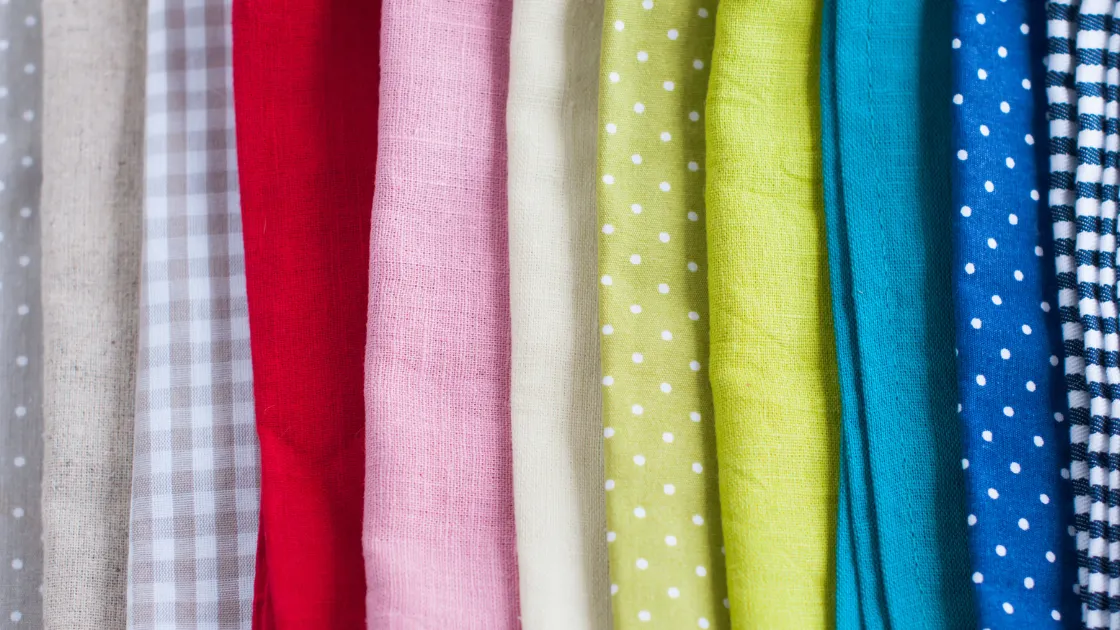
The material of a baby tee is important, since it determines how comfortable and safe the baby will be. Babies have delicate, and soft skin and much thinner than adult skin which is of course more susceptible to rashes, irritation and other allergies. The choice of material lowers the amount of skin related issues and helps to keep your baby cool or warm depending on the season.
Best Fabrics for Baby Tees
- 100% Organic Cotton: Known for being ultra-soft, breathable, and free from harmful chemicals. Ideal for sensitive skin.
- Bamboo Rayon: Sustainable, antibacterial, breathable, and moisture-wicking. Keeps babies cool in warm weather.
- Modal: Derived from beech tree pulp, this fabric is silky-smooth and perfect for sensitive skin. Offers excellent stretch and resilience.
- Combed Cotton: Ordinary cotton material with short and impure fibers removed from the bunch, making it softer and sturdy.
Materials to Avoid
- Polyester Blends: Highly resilient, however, may not be as breathable as these can hold in heat and cause chafing. Polyester can trap humidity over long periods, and when you have it sitting flush against baby’s sensitive skin, you end up with sweat buildup and overheating – particularly in hot, humid weather. What’s more, they aren’t breathable or soft enough for a baby to be comfortable in and may also produce static electricity.
- Heavily Dyed Fabrics: Dyes with high chemical content may cause allergic reactions. These include azo dyes and certain disperse dyes known for triggering contact dermatitis in sensitive skin. Fabrics with intense colors often contain residual solvents or fixatives, which are not fully washed out and can be harmful to babies when absorbed through the skin.
- Rough or Stiff Textiles: Fabric like denim, or nonelastic wool blends, that’s not baby-specific can irritate delicate skin and restrict movement. These are quite rough, and simply too rough on the skin (it’ll give rashes, irritation and even heat rashes). Baby-unfriendly pairings have no give and wouldn’t be comfortable for wriggly babies on the move.
Choosing the right fabric is crucial. Infants have extremely sensitive skin that can react to harsh chemicals or rough textures. Here are some safe and popular materials:
Baby Tee Material Safety Standards
When shopping for baby tees, look for certifications that ensure the product is physically and chemically safe for infants:
Physical Safety Standards
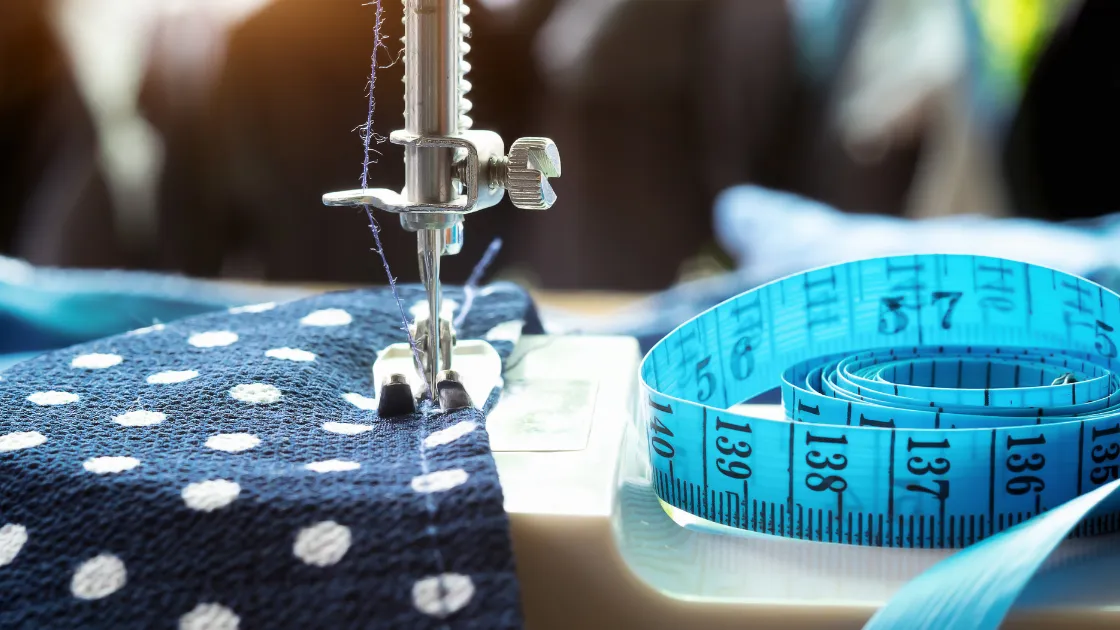
- Flat seams: Prevent skin indentations by minimizing friction and pressure points against a baby’s delicate skin. This construction reduces irritation, making them ideal for babies with sensitive or eczema-prone skin.
- Tagless labels: Avoid neck irritation by eliminating scratchy, sewn-in tags. These printed labels reduce discomfort and ensure uninterrupted sleep and daily movement for your baby.
- Reinforced stitching: Prevent tearing and choking hazards by enhancing garment durability and ensuring seams don’t unravel. This reduces the risk of loose threads or fabric tears that could pose danger to infants.
- Snap-free or nickel-free snaps: Snap-free or nickel-free snaps: Better for allergy-prone skin, especially for babies allergic to metal. These fasteners are not scratchy against your baby’s skin and they won’t harm mom or dad, either.
Textile Chemical Limits
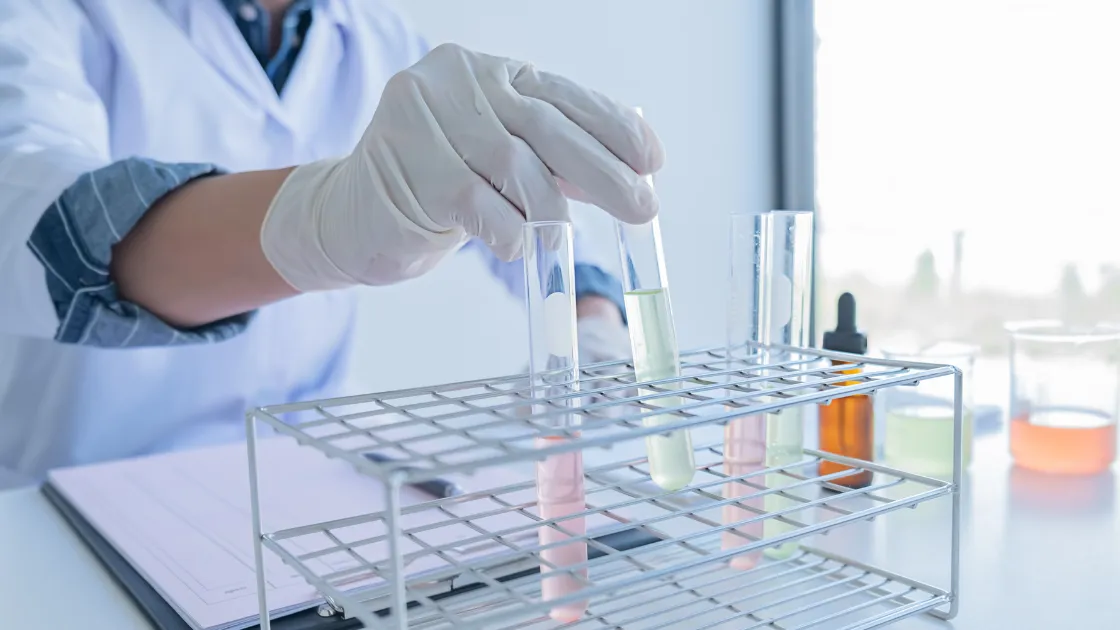
For ensuring safety, baby clothing must not exceed these chemical thresholds:
- Formaldehyde: Not to exceed 20 ppm (parts per million). Elevated amounts can lead to skin irritation, watery eyes and respiratory irritation in infants. Certified baby tees make sure that this concentration is well below the safe exposure levels.
- pH Level: 4.0 – 7.5 (neutral to slightly acidic for skin compatibility). Maintaining this range prevents skin dryness, irritation, and disruption of the baby’s natural skin barrier.
- Heavy Metals (e.g., Lead, Cadmium): Not detectable or ≤ 0.1 ppm. These metals are toxic and can affect brain development; certified baby apparel ensures their absence for infant safety.
- Azo Dyes (carcinogenic types): Must be non-detectable. These dyes release aromatic amines that are known carcinogens; baby tees must be free from them to comply with global safety standards.
- Pesticide Residues: ≤ 0.5 ppm (only applicable to organic cotton not pre-washed). Pesticide exposure may cause allergic reactions or developmental concerns in babies; hence, residues must be minimal.
- Allergenic Dyes: Must be absent (especially disperse dyes in prints). These dyes can trigger allergic dermatitis; reputable brands avoid them in baby clothing to ensure full skin safety.
Baby Tee Chemical Safety Certifications
- GOTS (Global Organic Textile Standard): Ensures organic fibers and non-toxic dyes. It verifies eco-friendly farming, fair labor practices, and strict chemical use throughout the production process.
- OEKO-TEX Standard 100: Certifies the garment is free from over 100 harmful substances. This includes tests for formaldehyde, heavy metals, and colorfastness to protect sensitive baby skin.
- US CPSIA Compliant: Meets safety standards for children’s clothing in the USA. CPSIA ensures items are lead-free, flame-retardant safe, and labeled for tracking and recall purposes.
Baby Tees by Season: What to Wear and When
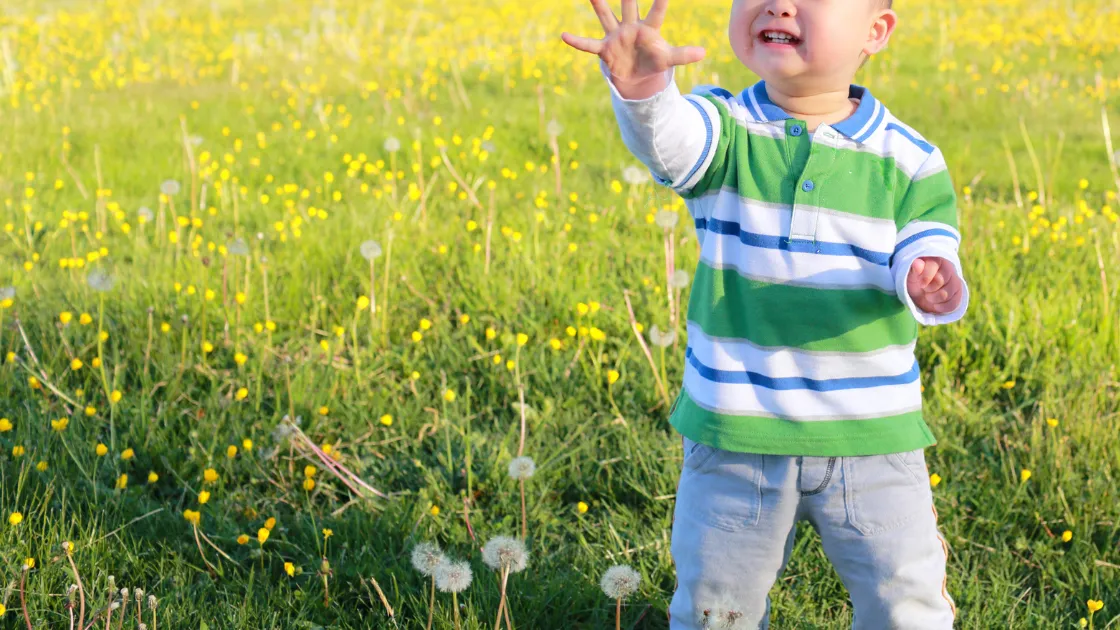
When you are taking your baby out in the stroller then it is vital to keep them warm or cool according to the season. Babies’ t-shirts are made with different fabrics along with many designs for different types of weather.
Summer Baby:
In warmer months, breathable fabrics and light designs are key to keeping your baby cool, dry, and rash-free.
- Fabric: Lightweight organic cotton or bamboo that wicks moisture and prevents overheating
- Designs: Sleeveless or cap-sleeve silhouettes that allow for range of motion and ventilation
- Colors: Subtle Light attire — cream, pastel blue, light yellow, reflects sunlight, keeps cool
- Pair with: Diaper covers, airy cotton shorts, or breathable bloomers for maximum comfort
Winter:
When the temperature drops, it’s important to dress your baby in layers that trap warmth without causing sweating or discomfort.
- Fabric: Thicker organic cotton, cotton fleece, or cotton-wool blends that insulate but allow some airflow
- Designs: Full sleeves, layered styles, or baby tees with soft thermal lining for added insulation
- Features: Ribbed fabric cuffs to lock in heat, brushed interiors that feel warm against the skin
- Pair With: Thermal leggings, cozy onesies, or layered under sweaters and soft jackets
Spring/Autumn:
On those mild and ever-changing weather days, baby needs an outfit that can adapt and breathe with the weather.
- Fabric: Jersey cotton or combed cotton which is not too hot and warm enough.
- Designs: Half-sleeve or three-quarter sleeve tees that layer easily with vests or cardigans
- Colors: Neutral pastels, light prints, and nature-inspired tones to match the transitional season
- Pair With: Soft joggers, comfortable footed pants, or under lightweight cardigans or zip-ups
Features to Look for in Baby Tees
When choosing a baby tee, there is more to consider than just the design. Functional details add value to comfort, promote normal development, and simplify the everyday life of parents and children.
- Expandable neckline: A neckline that stretches or features envelope folds makes it easier to slip over your baby’s head without tugging, especially helpful for newborns with delicate necks.
- Envelope shoulders: These overlapping shoulder flaps allow you to pull the tee downward in case of diaper leaks or messes, preventing the need to go over the head.
- Side or bottom snaps: Snap closures at either side or bottom help make changes a snap, so your little one doesn’t have to be fully undressed to get the job done.
- Pre-shrunk fabric: Ensures that the tee maintains its size and fit even after multiple washes.
- Tagless labels: Reduces the risk of neck irritation and itching.
- Flat seams and reinforced stitching: Increases strength and does not cause uncomfortable pressure on baby’s soft skin.
- Expandable neckline: Makes dressing easier
- Envelope shoulders: Allow easy pull-down during diaper messes
- Side or bottom snaps: Easier for quick changes
- Pre-shrunk fabric: Ensures consistent sizing
Baby Tee Styling for Everyday Use
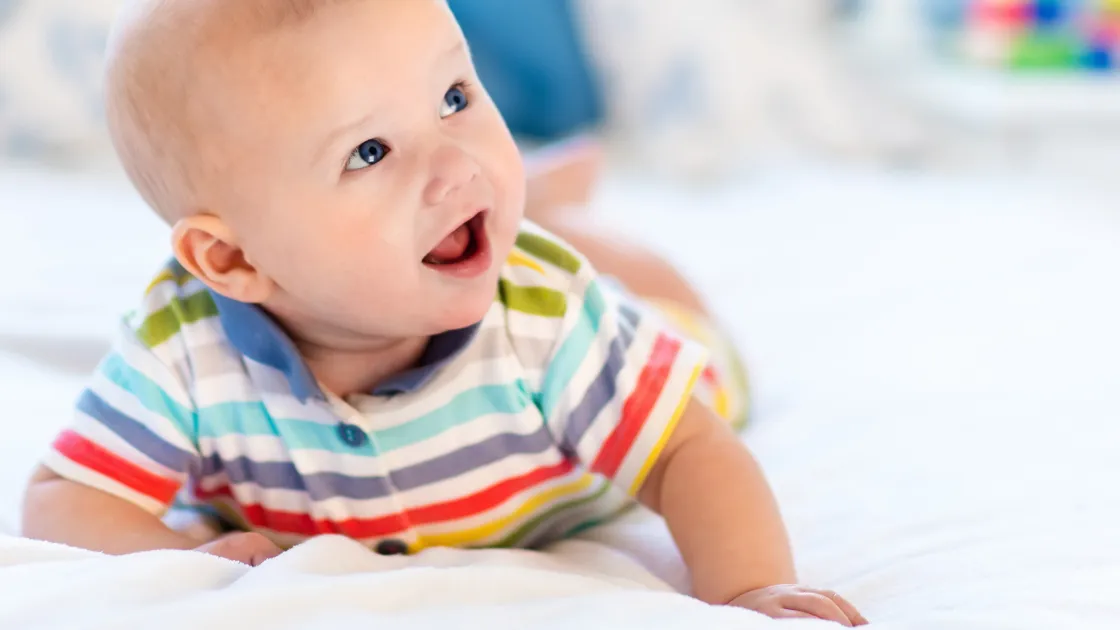
Although priorities are prioritized with a comfy fit, some cute styling adds a little bit of fun to dressing your baby:
Daily Wear:
- Printed baby tees with animals or alphabets
- Solid color baby tees with contrast trims
- Match with soft pants or shorts
Outings & Occasions:
- Baby tees with tiny collars or faux suspenders
- Coordinated sets with matching bottoms and hats
- Graphic messages like “Mommy’s Sunshine” or “Daddy’s Sidekick”
Baby Tee Care Tips
Taking good care of your baby’s tees will make them last longer and still be safe.Babies have sensitive skin, so every product and step in the washing process must be gentle and free of irritants.
- Wash cold with gentle detergent: Cold water preserves the fabric and prevents shrinkage, while mild baby-specific detergents help avoid allergic reactions.
- Avoid fabric softeners: These can leave chemical residues on fabric that may irritate your baby’s skin.
- Use a gentle or baby-specific cycle: This minimizes agitation that can stretch or weaken delicate fabrics.
- Tumble dry low or air dry: High heat can degrade fabric quality; air drying helps maintain shape and prevents fading.
- Pre-sort light and dark colors: To avoid color bleeding, especially in printed or dyed baby tees.
- Store folded: Hanging can stretch the neckline over time; folding preserves the shape and fit of the tee.
- Wash cold with gentle detergent
- Avoid fabric softeners that may irritate skin
- Tumble dry low or air dry to preserve elasticity
- Store folded, not on hangers, to retain shape
FAQ: Everything About Baby Tees
Are baby tees safe for newborns?
Yes, you can find baby tees that are made of certified-organic or OEKO-TEX-certified fabrics and are thoughtfully designed for newborns. They’re soft, breathable, non-toxic, and gentle on your baby’s skin, and therefore completely safe to wear.
Can baby tees be worn year-round?
Absolutely! Choose light, breathable options like cotton or bamboo for summer and layered or thermal-lined tees for colder months. Baby tees are versatile base layers.
How many baby tees should I buy?
A good starting point is 6–10 baby tees. This quantity allows for daily wear, outfit changes due to spills or leaks, and flexibility for laundry days.
What size baby tee should I get?
Sizes vary slightly by brand, so always refer to the manufacturer’s chart. When in doubt, size up—babies grow quickly, and a slightly larger fit is better than a tight one.
Where can I find certified baby tees?
There are many great name brands available online or in baby departments at big box stores. Find tags that say GOTS, OEKO-TEX Standard 100 or CPSIA-approved to guarantee the safety and quality of the costumes.
Are baby tees safe for newborns?
Yes, if made with breathable, chemical-free fabrics and follow baby clothing safety standards.
Can baby tees be worn year-round?
Absolutely! Opt for seasonally appropriate fabrics (cotton for summer, or layered or long-sleeved options for when the weather gets cold).
How many baby tees should I buy?
For newborns, around 6–10 baby tees are recommended to cover daily changes and laundry cycles.
What size baby tee should I get?
Always refer to the brand’s sizing chart. Go a size up if your baby is between sizes.
Where can I find certified baby tees?
Search online or in baby sections of large retailers for certified organic brands. Look for the GOTS or OEKO-TEX logo.
Final Thoughts
The baby tee is a small, but crucial part of baby’s wardrobe. It’s a cross between something warm and familiar, and smart and stylish in equal measure. With season-based options to fabric certifications, there’s a whole lot of knowledge to acquire in order to make sure your baby is snug, happy and healthy all day.
Explore more on Pregnancy Must –
